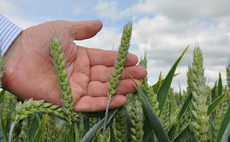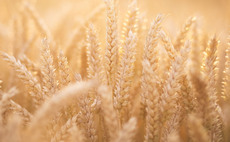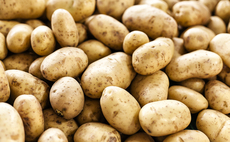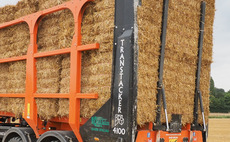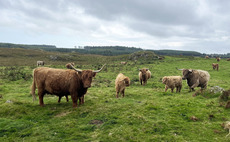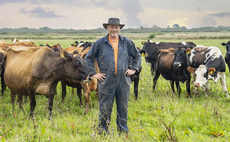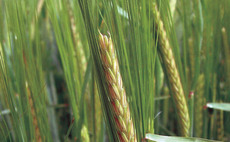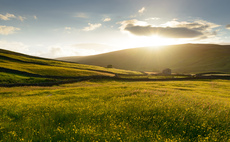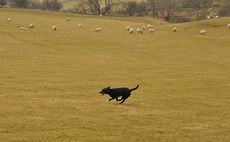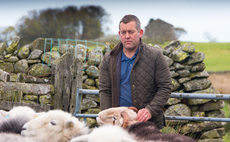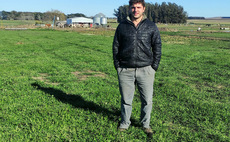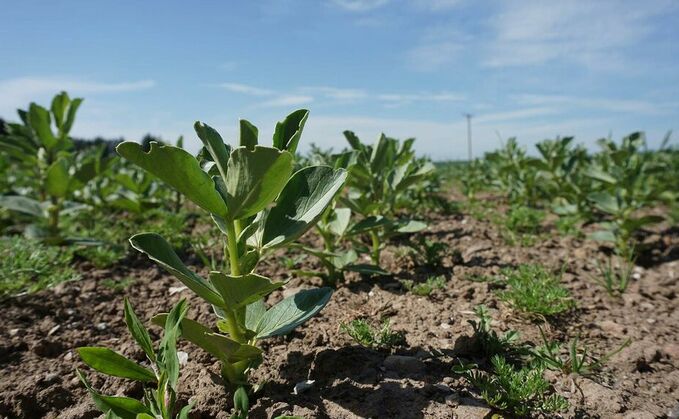
Gross margins for spring crops can change a lot from year to year, so deciding what to grow is also likely to be driven by factors such as markets, grass-weed control and following crop considerations.
ProCam seed manager Lee Harker says: "There is massive variability in gross margins over a 10-year range. You could almost make an argument for any crop. When you get to the top end of the error bars it will have been a year where yields were high and the crop sold for a good price.
"With spring barley you could get a gross margin of £1,000/hectare in very rare situations where you get a good yield and are selling everything for malting."
Looking at prices and growing a consistent crop are important to maximising returns, says Mr Harker. "Some people may not have got a crop drilled in autumn and almost throw a spring crop in, but it needs attention to detail and the best sowing conditions - treat it like a crop not an afterthought.
"Spring barley is the biggest spring crop and has been the default spring crop for quite a while. But if you don't have a malting contract spring feed barley is a relatively low value, trading at up to £45/tonne below wheat."
It is also worth bearing in mind that the spring barley harvest is later than that of winter barley if the following crop is destined to be oilseed rape, says Mr Harker.
For mixed farms, spring barley can be a good option for feeding on farm and barley straw prices are also high at the moment at around £75/t plus, he says, which at 4-6t/straw/ha can add £300-£450 to gross margins.
Spring wheat tends to be less competitive against weeds than barley, says Mr Harker. "It can also suffer from ergot if stressed and the florets are open."
Spring OSR
Spring oilseed rape is worth considering, he argues. "It offers a proper break crop and is an ideal lead into a first cereal. Oilseed rape is trading at about £350/t and there is growing demand for oils - the soya crop has not been great.
"By and large it offers a good price - which even if the yield is modest is well worth having. Cabbage stem flea beetle does not attack it. Another species of flea beetle does, but can be controlled with pyrethroids."
Those opting for pulses need to know their end market, advises Mr Harker. "They need to be grown for quality and if not quality, then a decent yield. Spring bean seed is in tight supply so I would advise securing seed sooner rather than later."
Choosing to grow linseed should not be a last minute decision - ideally you need a contract, says Mr Harker, adding that spring oats can also be difficult to sell unless you have a contract as the market becomes oversupplied.
"Spring oats are good at suppressing grass-weeds and offer a break. But they can be difficult to harvest and some mixed farms whole-crop them. There has also been quite a lot of frit fly in wheat following oats."
In general, Mr Harker does not forsee too many difficulties in getting spring crop seed apart from spring beans.






